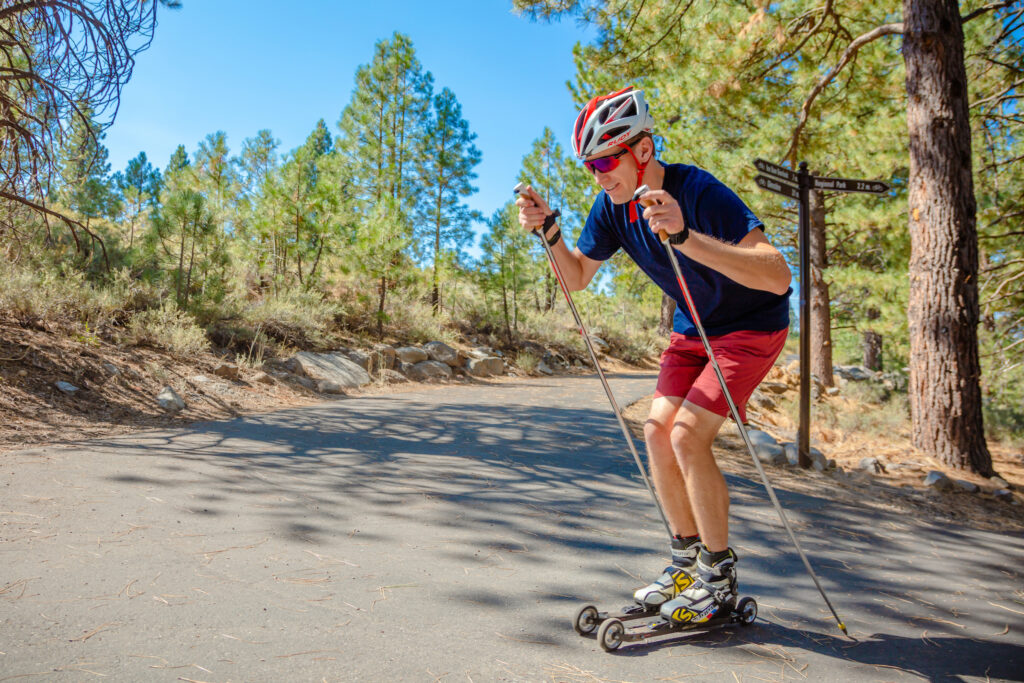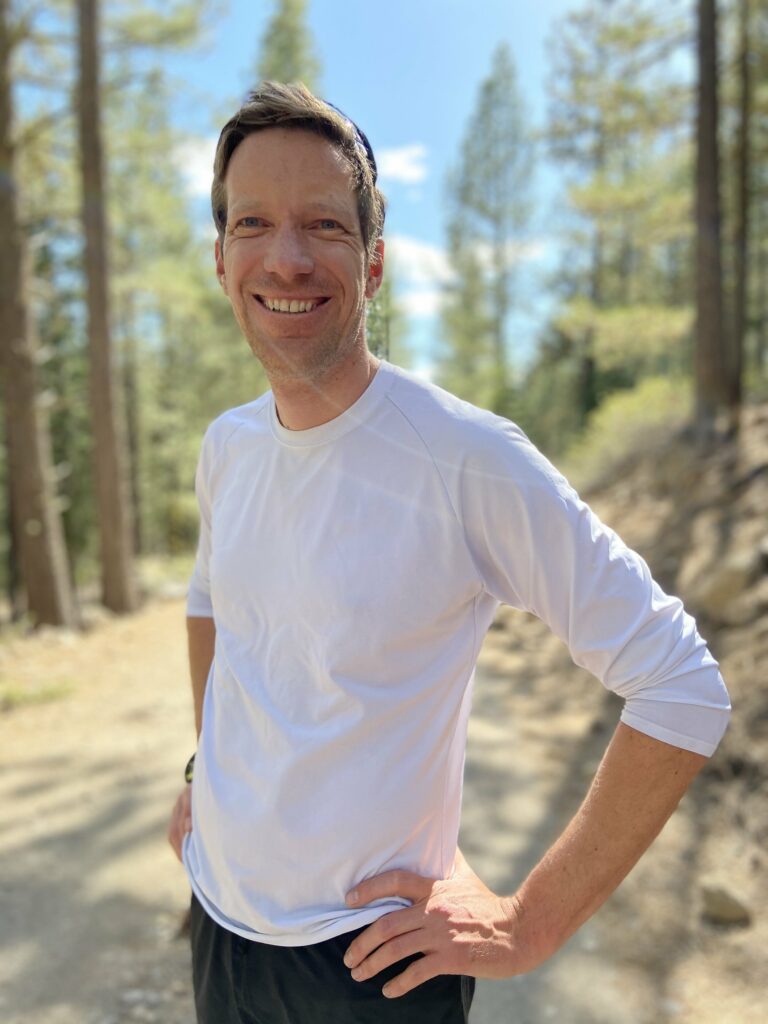Five tips for fall training for skiers
Martin Benes from MVB Coaching – our partner coach – has 5 tips for your fall training for skiers who prepare for the cross-country skiing season 2023.
Across the Northern Hemisphere, it’s starting to feel like fall. Days are getting shorter and the weather is changing. How should our training be changing along with the seasons? Ideally in the summer you put in a good base of training and did a lot of aerobic-development work. Long hikes, runs, rollerskis, and bike rides. I wrote about how summer training is similar to laying the foundation of a house. Now we want to put energy towards building the different rooms of the house!
At this time of year there are some key changes to make to your training to get ready for skiing and racing. Here are 5 tips to switch up your fall training to get your body in shape for the winter months:
1. Increase the intensity.
For skiers of all abilities, doing two interval sessions per week is ideal. One can be longer and more focused on your lactate threshold (think sustainable effort for 45-60 minutes). One should be more focused on high-intensity and shorter intervals. Think 10-15 minutes of total time spent in the high-intensity zone or on speed work. For a longer, slower interval session, aim for 30-40 minutes of time spent at a higher intensity to start. Build up to 45-60 minutes over the fall. Maybe even longer depending on your goals! Two intensity workouts I really like: 1) 4-5x 8 minutes at Lactate Threshold with 4 minutes of recovery. 2) 6×2 minutes at Maximal Effort with 2 minutes of recovery. If you live at higher elevation, I would recommend slightly longer rest.

2. Structure your training around your planned races
Is your primary race the Vasaloppet China in January? Or is it the Fossavatnsgangan in April? Depending on when you are targeting to be racing your best will influence how you structure fall training for skiers. If your primary race is later in the season, you want to keep high-volume late into the fall and even into the winter. That means doing 2 sessions some days and using the weekend to still get some longer workouts in. If you are planning to be at your best in January, you should increase the amount of high-intensity you are doing in the fall months. That will help your body be more prepared to go hard early on in the winter!
3. Use your upper body more.
It is easy to get out to run, bike, and hike during the summer and when it is warmer. Definitely keep doing those things! But whether you are doing a freestyle marathon or classic marathon, upper body endurance is important in fall training for skiers. This comes from doing double pole workouts and strength workouts. In the gym, pull ups, tricep dips, plank, and other upper body exercises should be included in your program. If you have rollerskis, using them for double poling is a great workout. You can use skate or classic rollerskis to double pole on. If you don’t have rollerskis, or don’t like it, doing a workout on a SkiErg or Ercolina at least once a week. If you are planning on double poling a race, you should definitely be doing more than just one double pole session a week!
4. Increase Specificity.
In the fall, it is good to do more exercise that is similar to skiing. Do intervals on rollerskis or running with poles. Add specific strength exercises. Do jumps that are similar to skate skiing. Or add some plyometric jumps into the start of a running workout. There are plenty of good options to add specific ski work into your training sessions. Strength and speed work are good ways to effectively incorporate ski-specific movements in your training.

5. Stay Healthy.
This might be obvious. But when the weather is cooling down and we are exercising outdoors it is easier to get sick. Wear warm clothes to workout in. It is better to be a little too warm than too cold. It takes energy to keep ourselves warm. If you don’t finish a workout at home, make sure you have dry and warm clothes to put on. It also is good to refuel after intensity sessions or longer sessions (longer than 90 minutes). This helps our body replenish energy and be ready for the next session.
Generally, make sure you are eating a healthy and balanced diet with plenty of fruits and vegetables. If you do feel like you are starting to be excessively tired or run down, take a day off. It is better to take 1-2 days off for rest than to get sick and have to take a whole week off to get healthy!
Fall training for skiers planned by a professional
Hope this helps you continue to prepare for the winter ski and race season. It is important to get the most out of our training time so that we can make the most of our time on snow and our winter ski season. Getting fitter and stronger in the fall means you can get on snow early in the winter and feel prepared.
If you have any questions about training, I am happy to connect on a call or email to answer your questions. Or get started with a plan* soon so you can be ready for your Worldloppet race!
*Note: Worldloppet Passport owners benefit from a 20%-discount on personal training plans from MVB Coaching.

Martin Benes (MVB Coaching – Personalized Coaching) is a personal trainer specialized on endurance coaching. He works virtually, means everyone around the world can work with him. In a cooperation between Martin and Worldloppet he is offering 20 % discount for Worldloppet Passport Holders.














